Pigeon-toed, medically known as “pigeon-toed gait,” is a common condition in dogs where their front legs appear to be turned inwards, resembling the stance of a pigeon.
This abnormal positioning of the legs can cause confusion and concern for pet owners, as they wonder if it is a sign of a serious health issue. However, this condition is often harmless and can be seen in various breeds, including Labrador Retrievers, Poodles, and mixed breeds. While it may look peculiar, it is important to understand the causes and potential effects of pigeon toed dog front legs to provide proper care and support for our furry companions.
There are a number of reasons why dogs usually have extroverted legs. Notable among them are: overweight dogs, genetic problems, etc. However, such problems are more common in certain breeds of dogs. While this may concern an owner, a dog with a pigeon-toed can lead a healthy and happy life.
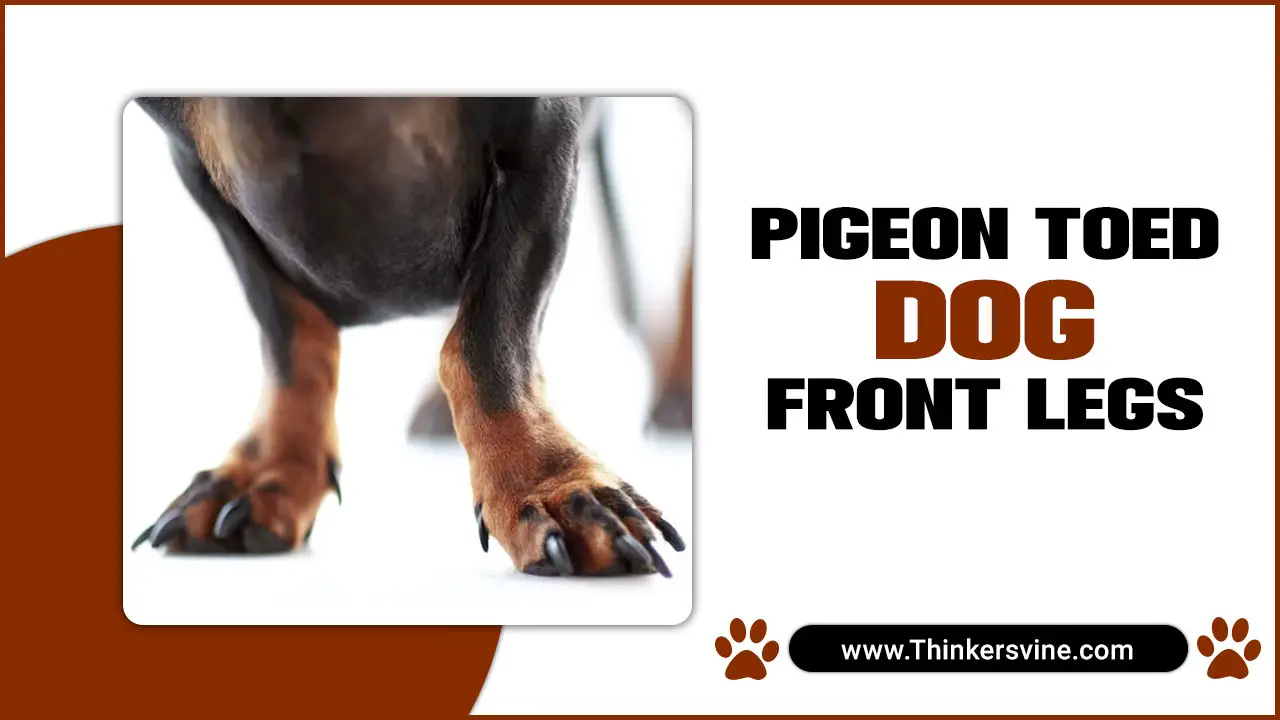
Signs Of Deformity Of The Dog’s Front Legs
If you notice any of these signs, it is important to consult with a veterinarian who can provide an accurate diagnosis and recommend appropriate treatment options. Signs of deformity in a dog’s front legs can vary depending on the specific condition. Some common signs to look out for include:
- Abnormal Gait: If a dog’s front legs appear twisted or bent inward, it may indicate a deformity.
- Difficulty Walking Or Running: Deformities in the front legs can cause pain or discomfort, leading to difficulty performing regular activities.
- Limping Or Favoring One Leg: Dogs with front leg deformities may limp or favor one leg over the other.
- Joint Swelling Or Stiffness: In some cases, Canine leg deformities can lead to joint swelling or stiffness, making it difficult for the dog to move comfortably.
- Changes In Posture: Dogs with front leg deformities may exhibit changes in their posture, such as leaning forward or hunching their shoulders.
Causes Of Lameness & Limping In Dogs
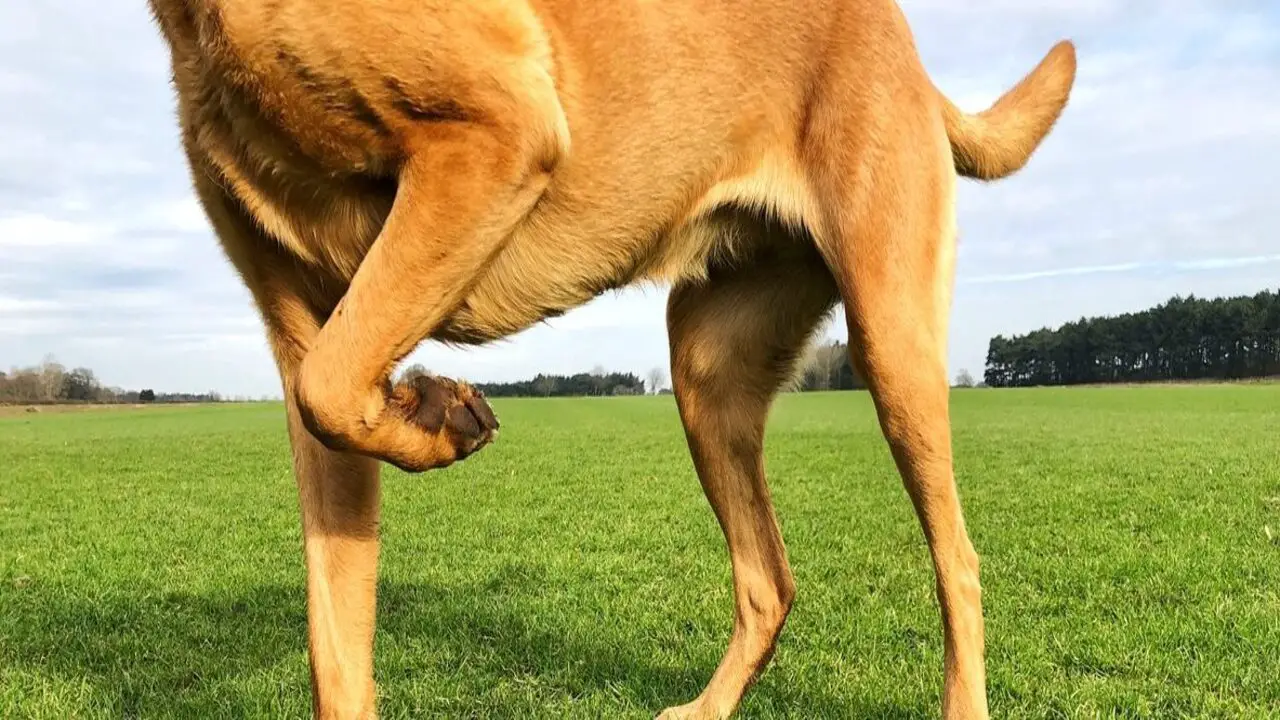
A variety of factors can cause lameness and limping in dogs. It is crucial to consult with a veterinarian if your dog is experiencing lameness or limping to determine the underlying cause and appropriate treatment options. Some common causes include:
- Injury Or Trauma: Dogs can sustain injuries from accidents, falls, or rough play, resulting in lameness or limping. It is important to assess the severity of the injury and seek veterinary care if necessary.
- Arthritis: Arthritis is common in older dogs and can cause joint pain and stiffness, leading to lameness. Proper management and treatment options, such as medication and physical therapy, can help alleviate symptoms.
- Ligament Tears: Tears in the knee’s ligaments, such as the anterior cruciate ligament (ACL), frequently cause lameness in dogs. The doctor may require surgery to repair the torn ligament and restore mobility.
- Infections: Bacterial or viral infections can affect a dog’s joints, causing inflammation and lameness. Prompt diagnosis and treatment with antibiotics or antiviral medications are essential.
- Congenital Abnormalities: Some dogs may be born with structural abnormalities that affect their gait and cause lameness. These neurological conditions may require surgical intervention to correct.
The Reason For Being Pigeon Toed Dog Front Legs & Treatment
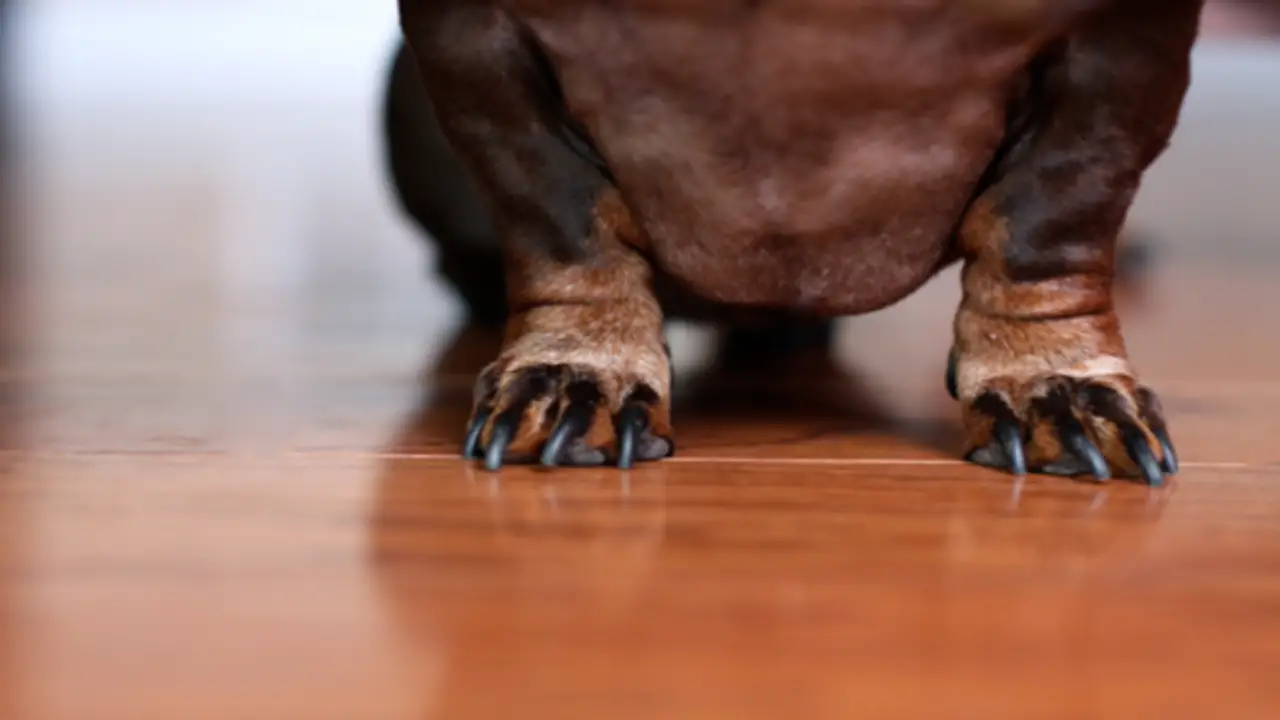
Various factors can cause pigeon-toed dog front legs, also known as “toeing in.” One common reason is genetics, as certain breeds are more prone to this condition. It can also be caused by improper growth or development of the bones and joints in the front legs. In some cases, injuries or leg trauma can also lead to pigeon biting.
1.Genetic Issues
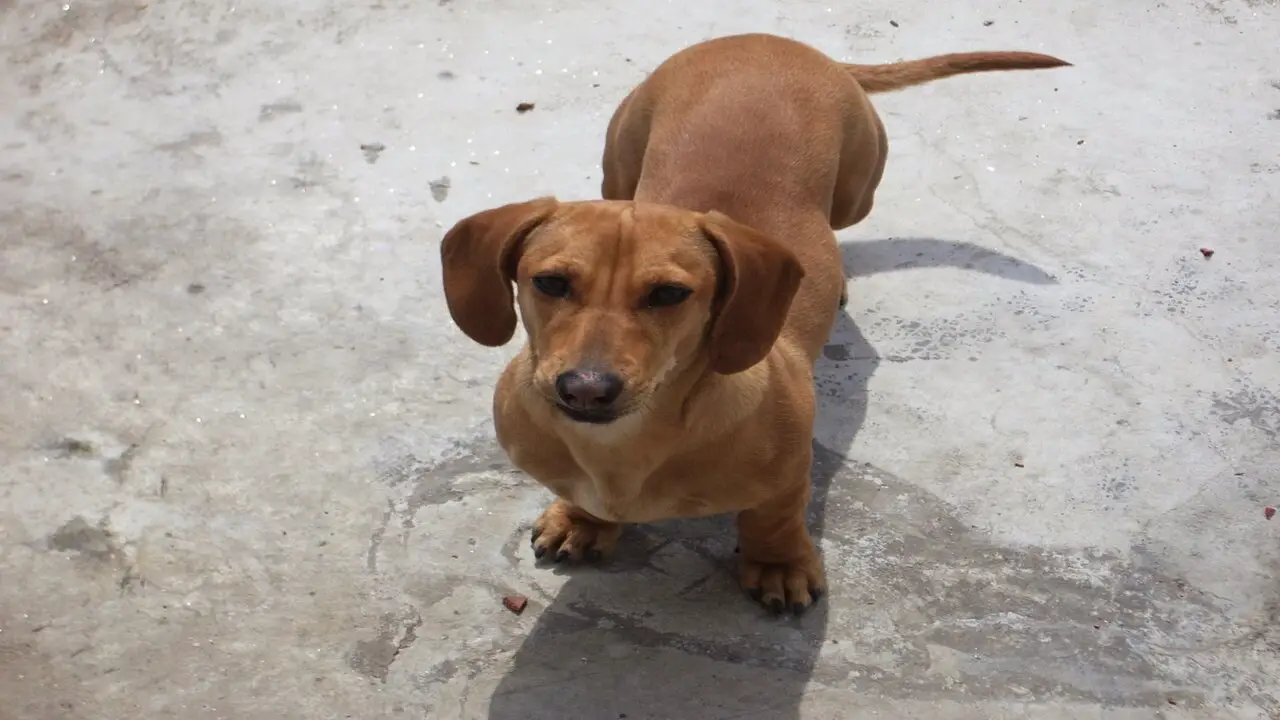
Pigeon toed dog front legs can often be attributed to genetic issues. Certain breed standards are more prone to this condition due to genetics. These genetic issues can cause the bones in the front legs to grow at abnormal angles, resulting in the toes pointing inward. While pigeon-toed front legs may not always cause significant pain or discomfort for the dog, it can affect their ability to walk and run properly.
In severe cases, it may be necessary to explore treatment options such as physical therapy or surgery to correct the alignment of the bones. If you suspect that your dog may have pigeon-toed front legs, it is important to consult with a veterinarian who can provide a proper diagnosis and recommend appropriate treatment options based on your dog’s individual needs.
2.Over Weight
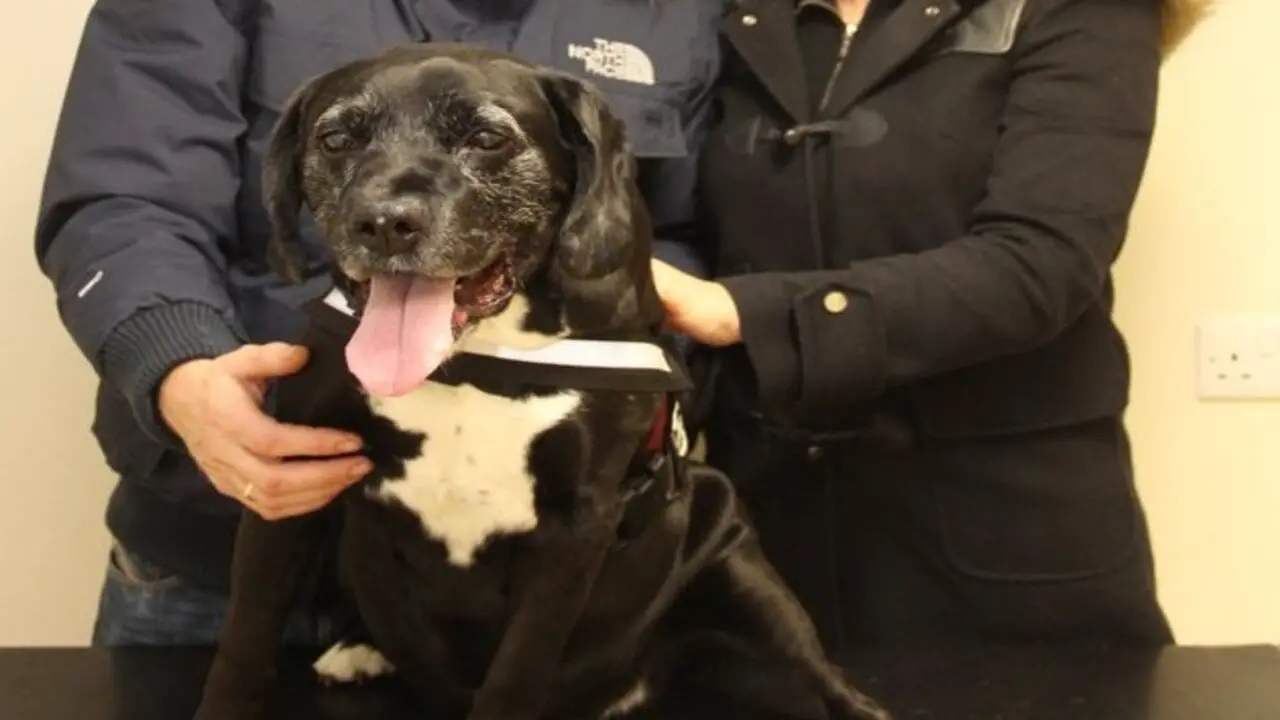
One possible reason for a pigeon-toed dog’s front legs is being overweight. Excess body weight strains the joints and can cause the legs to turn inward. This condition, medial patellar luxation, can be more common in overweight dogs due to the extra stress on their joints. If your dog is pigeon-toed and overweight, it is important to address their weight issue to alleviate the strain on their legs and improve their overall health.
Consult with a veterinarian to develop a weight loss plan tailored to your dog’s needs, which may include changes in diet and exercise. Helping your dog achieve a healthy weight can reduce the severity of their pigeon-toed condition and improve their quality of life.
3.The Length Of The Nails
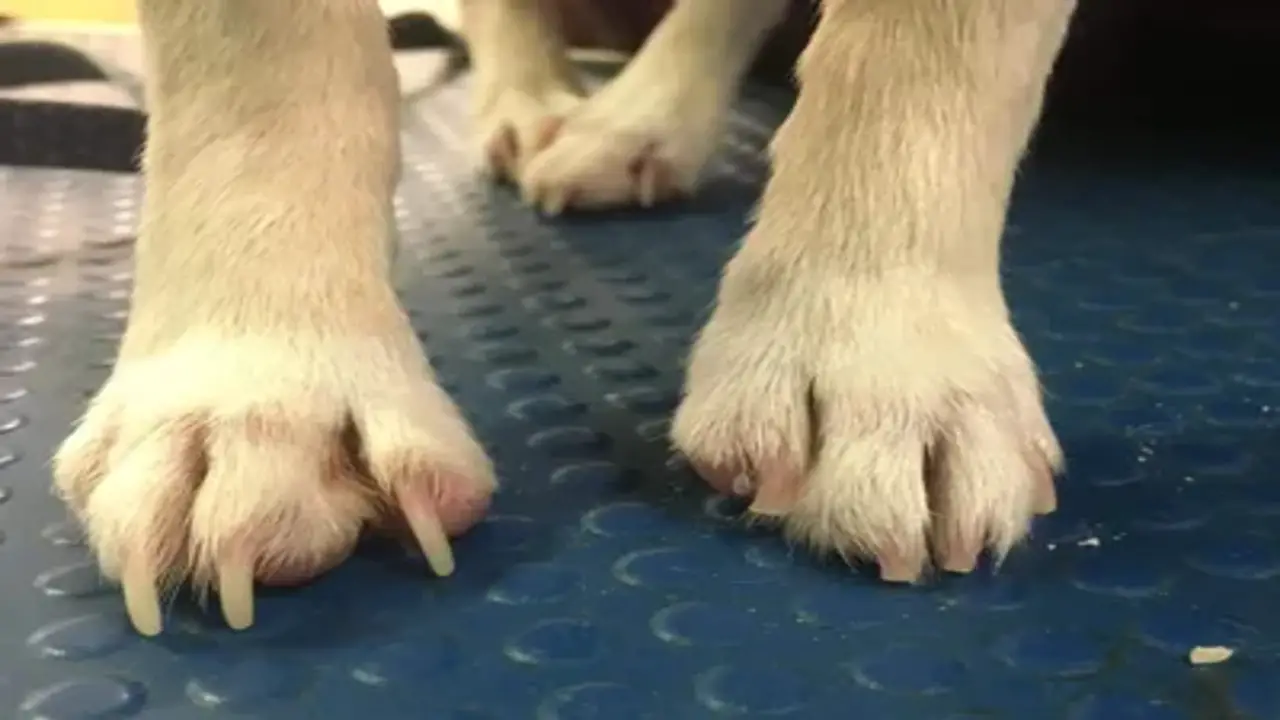
The length of a pigeon-toed dog’s nails can play a role in their condition and treatment. If the nails are too long, they can exacerbate the inward rotation of the front legs, making it more difficult for the dog to walk properly. It is important to regularly trim and maintain the dog’s nails to prevent them from becoming too long and causing discomfort or further alignment issues.
Keeping the nails at an appropriate length can also help improve the dog’s overall posture and gait. However, it is always recommended to consult a veterinarian or a professional dog groomer for guidance on proper nail care for a pigeon-toed dog. They can provide specific recommendations based on the dog’s condition and needs.
Treatment
Treatment for pigeon-toed dog front legs can vary depending on the severity of the condition and the underlying cause. In some cases, conservative management may be recommended, including physical therapy exercises to strengthen the muscles and improve gait. This can help correct imbalances and promote proper alignment of the front legs. Surgical intervention may be necessary in more severe cases or if there is an underlying structural issue.
This can involve procedures such as osteotomy or joint realignment to correct the alignment of the bones and complex joints in the legs. It is important to consult with a veterinarian or a veterinary specialist to determine the best treatment approach for your pigeon-toed dog’s front legs. They can assess your dog’s condition and tailor recommendations for optimal outcomes.
Physical Therapy Exercises And Stretches For Correcting Pigeon-Toed Front Legs
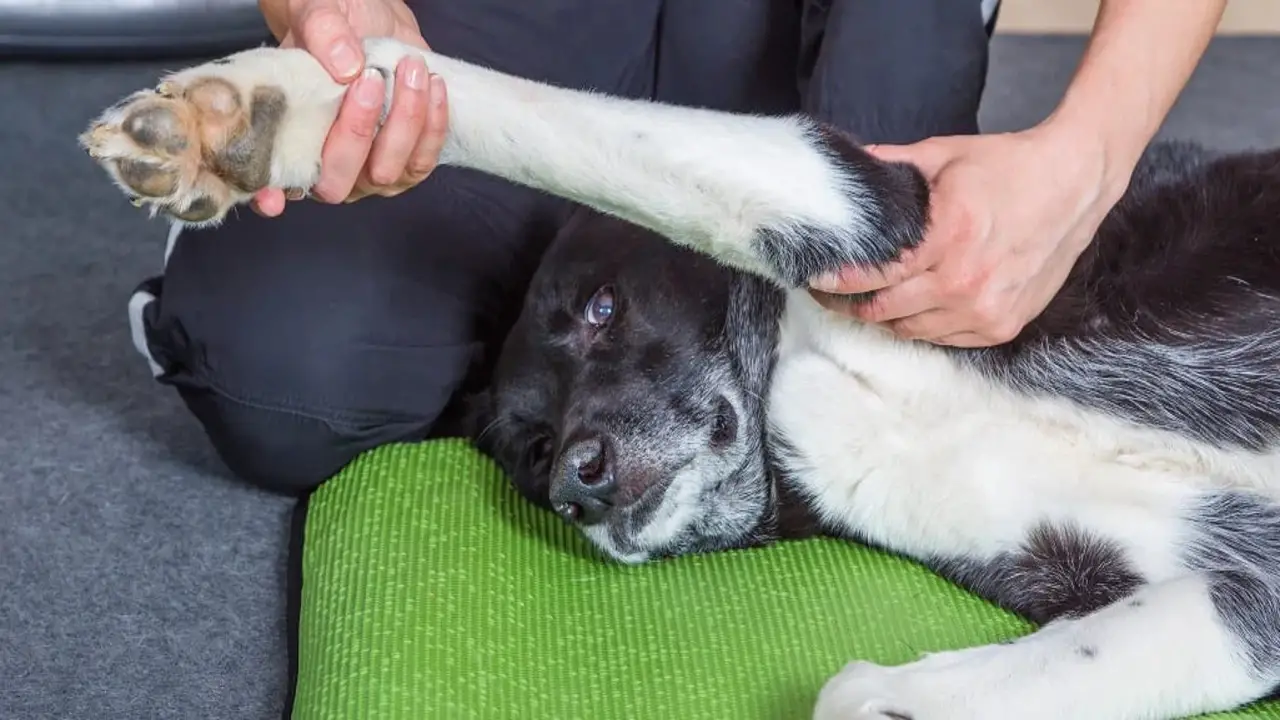
Physical therapy exercises and stretches can effectively correct pigeon-toed front legs in dogs. These exercises aim to improve muscle strength and flexibility and correct any imbalances causing the condition. One exercise that can help is “toe walking.” The dog is encouraged to walk on their toes rather than their whole foot.
This helps strengthen the front legs’ muscles and encourages proper alignment. Another exercise is stretching, where gentle stretches are performed on the affected leg to increase the range of motion and flexibility.
It is important to consult with a veterinarian or a professional animal physical therapist before starting any exercises. As they can guide your dog’s specific condition. With consistent practice and guidance, these exercises can help correct pigeon-toed front legs and improve your dog’s mobility and overall quality of life.
Surgical Interventions For Severe Cases Of Pigeon Toed Front Legs
In severe cases of pigeon-toed front legs in dogs, surgical interventions may be necessary to correct the condition. One common surgical procedure is a corrective osteotomy, which involves cutting and realigning the broken bones in the affected leg. This procedure can help to straighten the leg and improve the dog’s gait.
Another surgical option is tendon release or lengthening. The tight tendons causing the pigeon-toed appearance are surgically released or lengthened to allow for proper leg alignment. It is important to consult a veterinarian specializing in orthopedic surgery to determine the best action for your dog’s case. Surgical interventions should always be considered as a last resort after other conservative treatment options have been exhausted or deemed ineffective.
How To Identify If Your Dog Has Pigeon-Toed Front Legs
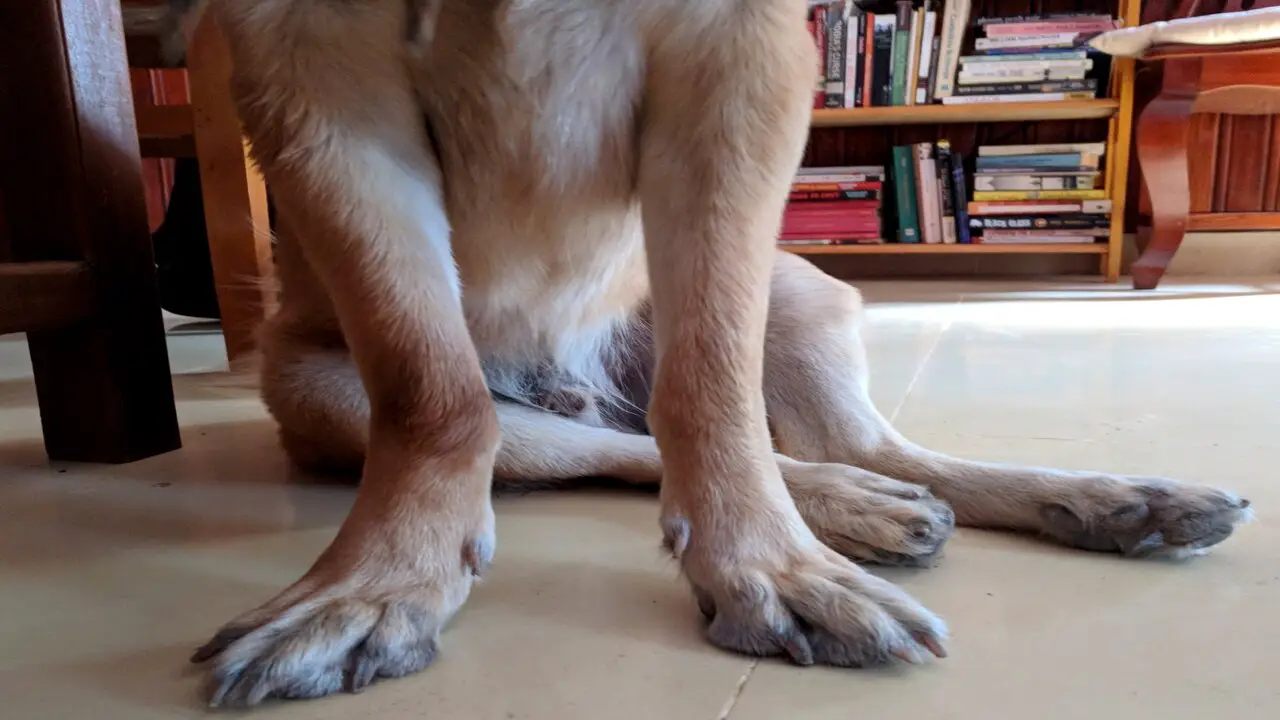
Observing their gait and foot position can identify if your dog has pigeon-toed front legs. Pigeon-toed dogs will have their front paws turned inward, causing them to walk slightly awkwardly or clumsy.
Their toes may point toward each other when they stand instead of facing forward. You may also notice that their paw pads wear unevenly, with the inner sides wearing down more than the outer sides. If you suspect that your dog has pigeon-toed front legs, it is best to consult with a veterinarian who can provide a proper diagnosis and recommend any necessary treatment or management strategies.
Tips For Managing And Caring For A Dog With Pigeon Toed Front Legs
If you have a dog with pigeon-toed front legs, providing them with the proper care and support is important. Remember, every dog is unique, and what works for one may not work for another. Working closely with your veterinarian will give you the best chance of effectively managing and caring for your pigeon-toed pup.
Here are some tips to help you manage their condition:
- Consult With A Veterinarian: Before implementing any changes or treatments, it’s crucial to consult with a veterinarian who can assess your dog’s specific case and provide tailored advice.
- Exercise Moderation: Pigeon-toed dogs may have limitations in physical activities. Avoiding excessive exercise or activities that strain their front legs is important. Instead, focus on low-impact exercises like swimming or gentle walks.
- Supportive Footwear: In some cases, supportive footwear can help correct the alignment of your dog’s front legs and provide added stability. Talk to your vet about whether orthopedic shoes or braces could benefit your furry friend.
- Regular Check-Ups: Schedule regular check-ups with your vet to monitor your dog’s progress and make any necessary adjustments to their care plan.
- Provide A Comfortable Environment: Ensure your dog has a safe and comfortable living environment that minimizes the risk of injury or strain on their front legs.
How Do You Know If Your Dog Has Leg Problems?
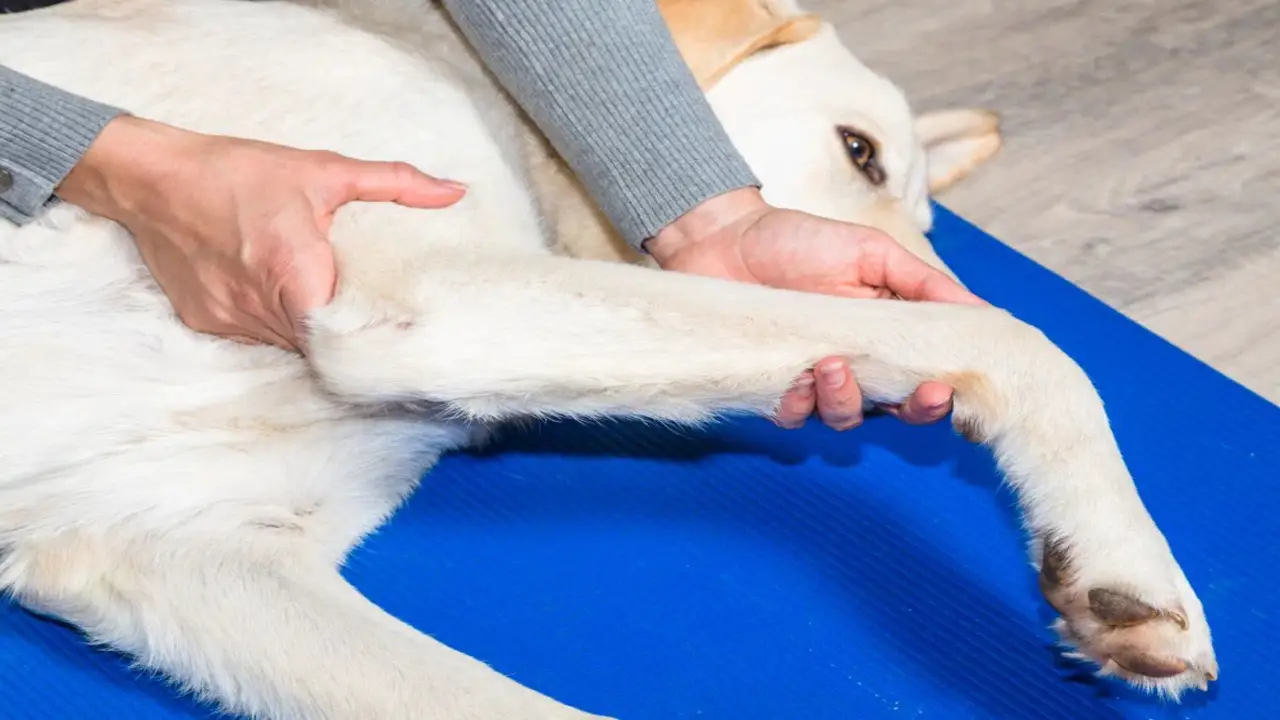
Leg problems in dogs can manifest in various ways, and it is important for pet owners to be vigilant and aware of the signs. Pigeon-toed front legs can commonly affect dogs. This condition, also known as medial patellar luxation, occurs when the dog’s kneecap slides out of its normal position.
Some signs that your dog may have leg problems include limping or favoring one leg and difficulty getting up or lying down. Reluctance to jump or climb stairs and an abnormal gait or posture. If you notice any of these signs, consult with a veterinarian who can evaluate your dog’s condition and provide appropriate treatment options. Early detection and intervention can help prevent further discomfort and ensure the overall well-being of your furry friend.
How Is It Possible To Recover A Dog’s Deformity?
When a dog’s muscular atrophy is from inactivity, exercise, and healthy eating can often reverse muscle loss. Dogs’ dietary requirements may alter as they age. Additionally, certain nutrients may cause them to become sensitive. If the dog is healthy and eating a good adult diet, he will recover his muscle tone.
A vet can check him and determine if the problem isn’t with his bones or some other physical difficulty. If he is suffering from a mental or physical problem, he may be helped with physiotherapy, a well-balanced diet, and possibly supplements to help build him up.
Also, if the dog has been ill or injured, the vet can check if scarring is causing the muscle atrophy. If so, exercises may not help. Physiotherapy and supplements may help the dog. The vet may also recommend regular massage therapy to encourage blood flow around the affected area.
Conclusion
Overall, pigeon-toed front legs in adult dogs are common, with various possible causes and treatment options. It is important for dog owners to be aware of this condition and to consult with a veterinarian if they notice any abnormalities in their dog’s gait or leg positioning.
With proper diagnosis and management, most dogs can live happy and active lives despite their pigeon-toed front hind legs. It is also important to remember that every dog is unique and may require a personalized approach to treatment. As responsible pet insurance owners, we must provide our furry companions with the best care possible and address any health concerns that may arise.
FAQ:
1.Why Is My Dog’s Front Leg Bent?
Ans: There may be several reasons for your dog’s front leg to be bent. One common cause is angular limb deformity, which occurs when the soft bones in the leg do not grow properly and result in an abnormal shape. Another possibility is a genetic condition popular as “pigeon toe,” where the dog’s toes point inward instead of straight ahead.
2.How Do You Treat Pigeon-Toed Legs?
Ans: Treating pigeon-toed legs in dogs can vary depending on the underlying cause and severity of the condition. Sometimes, no treatment may be necessary if the condition does not cause the dog pain or mobility issues. However, if the pigeon-toed legs are causing discomfort or affecting the dog’s ability to walk, treatment options may include physical therapy, exercises to strengthen the muscles and correct gait abnormalities, orthopedic devices such as braces or splints, or Corrective surgery in more severe cases.
3.Why Do My Dog’s Front Legs Turn Inward?
Ans: Various factors can cause pigeon-toed dog front legs, or leg bones that turn inward. One common cause is genetic mutation, as certain breed dogs are more prone to having this leg conformation. Other potential causes include muscle imbalances or weaknesses, joint abnormalities, or injuries.
4.How Can I Strengthen My Dog’s Front Legs?
Ans: One simple exercise is to have your dog walk on different surfaces, such as grass, sand, or uneven terrain. This helps engage different leg muscles and promotes balance and coordination. You can also try incorporating obstacle courses or agility training into their routine, challenging their muscles and encouraging proper alignment.
5.What Are The Signs Of Nerve Damage In Dogs?
Ans: Signs of nerve damage in dogs can vary depending on the location and severity of the injury. Some common signs to look out for include weak bones or paralysis in the affected limbs, loss of coordination or balance, muscle atrophy, pain or sensitivity in the area, and changes in the dog’s gait or posture.